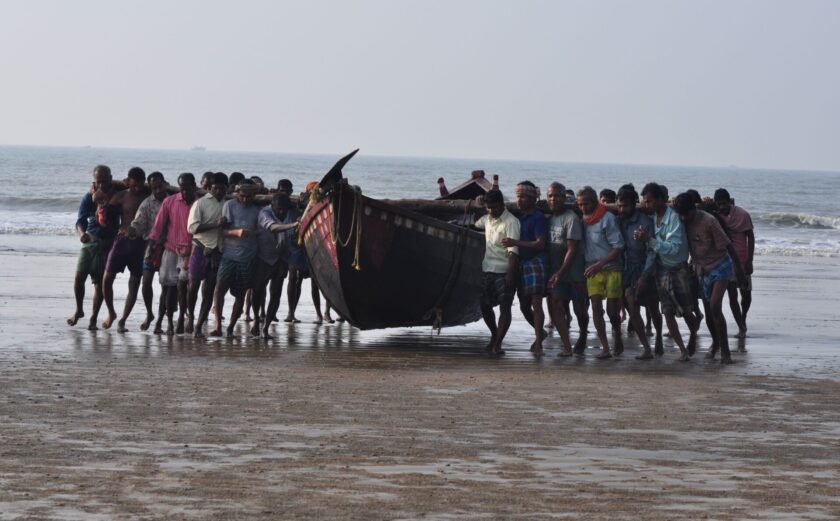
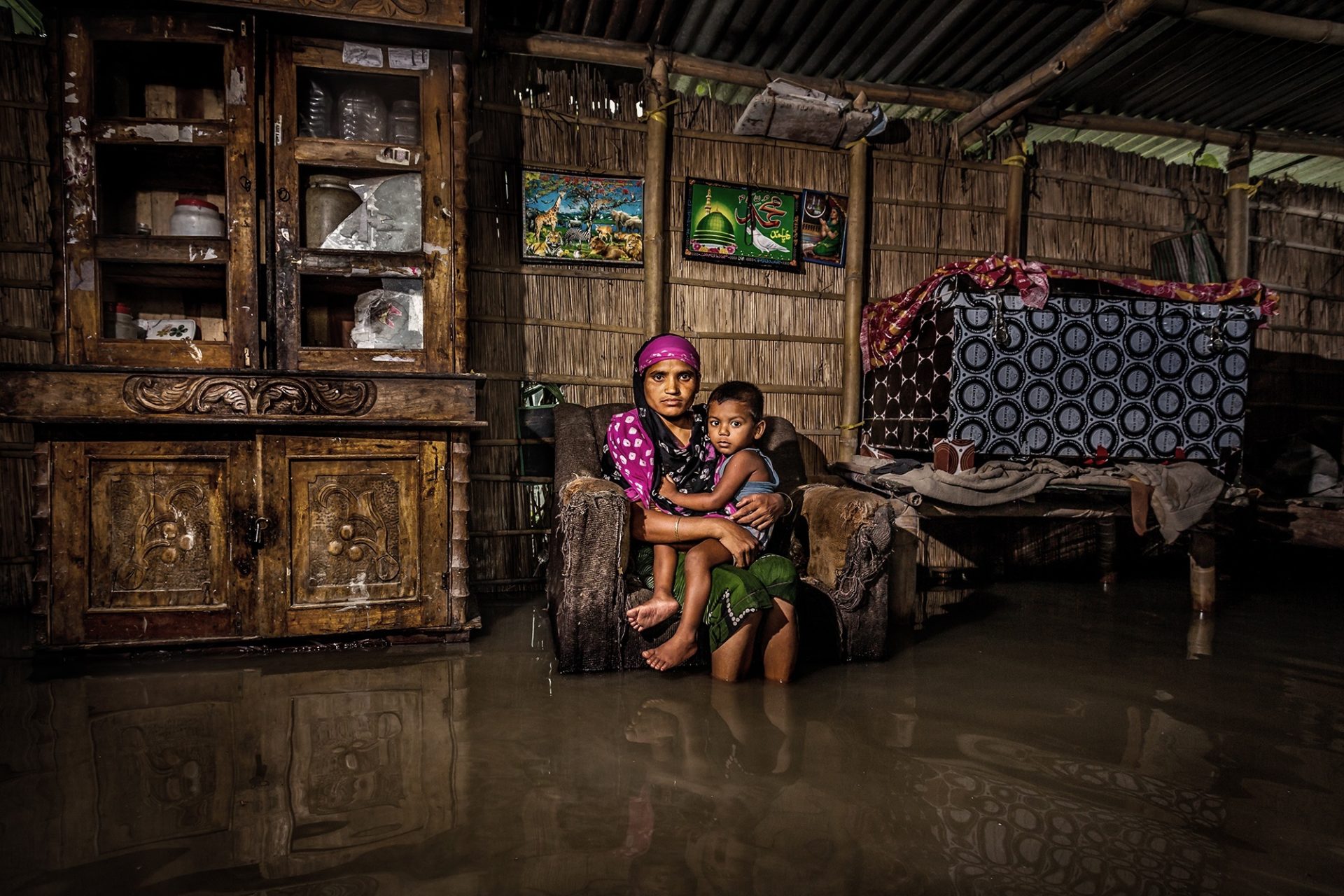
Humanitarian Team
Updates

Humanitarian Coordination & Practice
Non-governmental organization (NGO) coordination at every level of a humanitarian response is critical to ensure quality, accessible programming reaches conflict- and disaster-affected people.
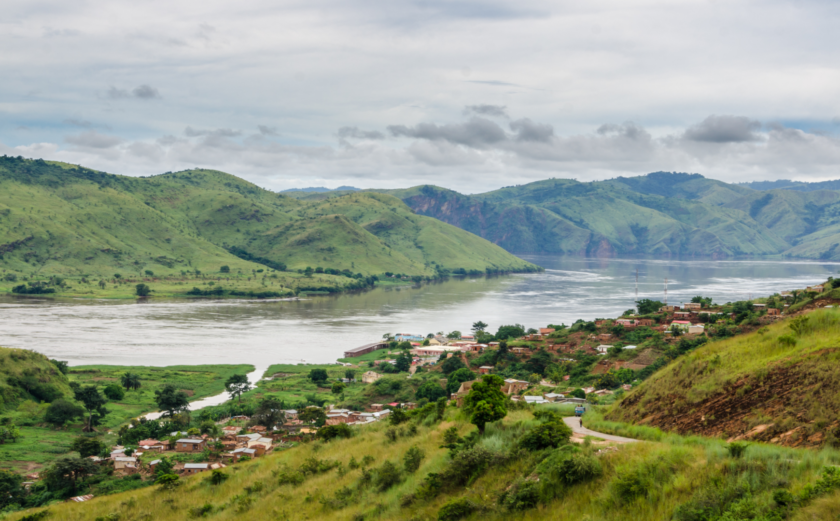
Crises & Countries in Conflict
Preventing and Responding to Gender-Based Violence in the Democratic Republic of Congo
A chronic lack of food and shelter, and the proliferation of armed actors, have increased vulnerability to survival sex, physical assault, and sexual violence.
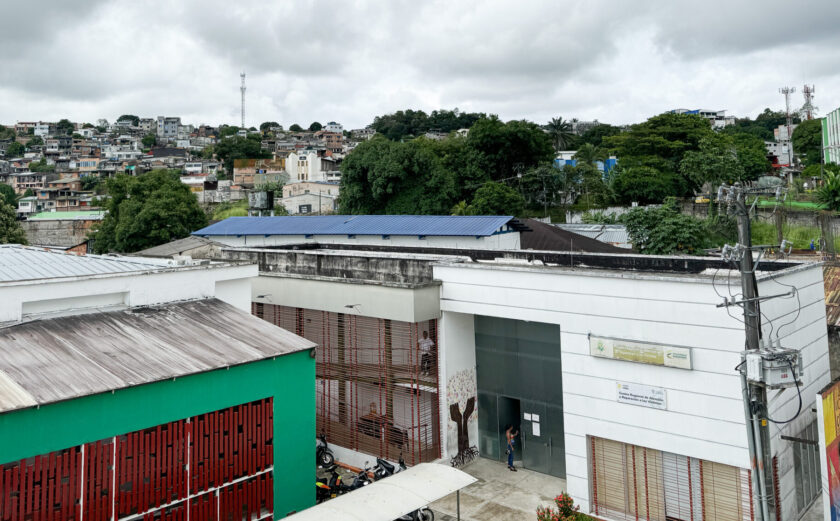
Humanitarian Coordination & Practice
“More than just a Roof:” Shelter Support in Colombia Provides Self-Reliance
Recent trends show that Colombians fleeing their homes to escape violence are seeking safety in urban areas of all sizes, ranging from major cities like Bogotá to small municipalities. As newly displaced people arrive, mid-sized cities like Popayán and Florencia are struggling to provide enough resources for critical humanitarian interventions like food assistance and housing.
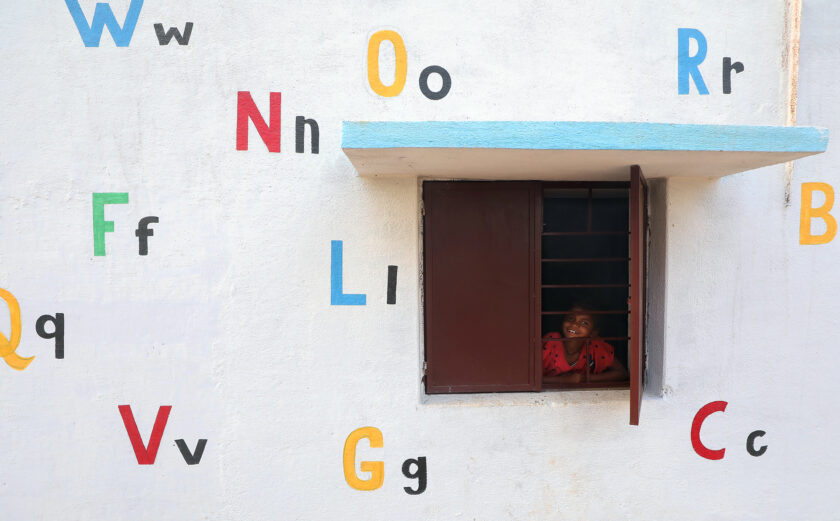
Global Development
An Intersectoral Approach to Mental Health and Psychosocial Support
Conflict and violence around the globe have left about 47.2 million children displaced, 15 million of which are refugees. Of those 15 million children, 40% are out of school. The effects of displacement can be severe and far-reaching, impacting children’s mental and physical health as well as cognitive development, with significant follow-on effects on learning outcomes.
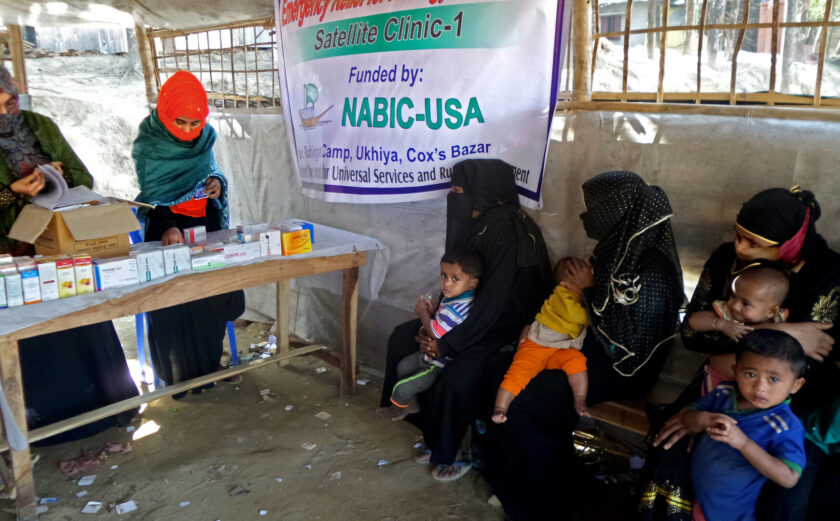
Crises & Countries in Conflict
Seven Years Later: Rohingya Genocide Remembrance Day
This month marks seven years since the 2017 “clearance operation” when Myanmar’s military forces, the Tatmadaw, unleashed waves of violence against Rohingya ethnic minorities in Rakhine State, Myanmar. The conflict triggered the expulsion of over 700,000 Rohingya into neighboring Bangladesh, marking the largest and fastest influx into the country. The U.S. government later determined that these attacks constituted genocide and crimes against humanity.
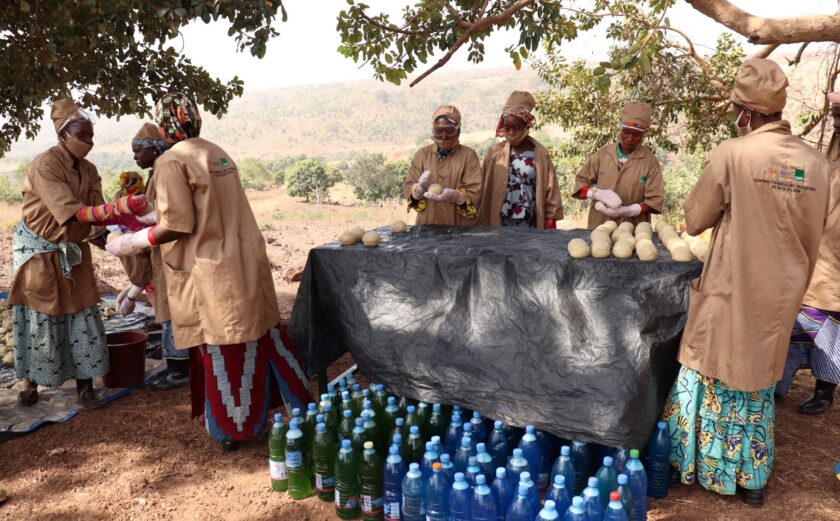
Crises & Countries in Conflict
World Humanitarian Day 2024
Aid workers are increasingly being targeted by armed actors who seek to intimidate, coerce, or disrupt aid operations for strategic gains. In Gaza and South Sudan, in Yemen and the Central African Republic, disinformation campaigns are fueling hostility toward aid agencies. These threats not only endanger the lives of those dedicated to humanitarian action but also severely hinder access to essential aid for millions of vulnerable people in conflict-affected areas.
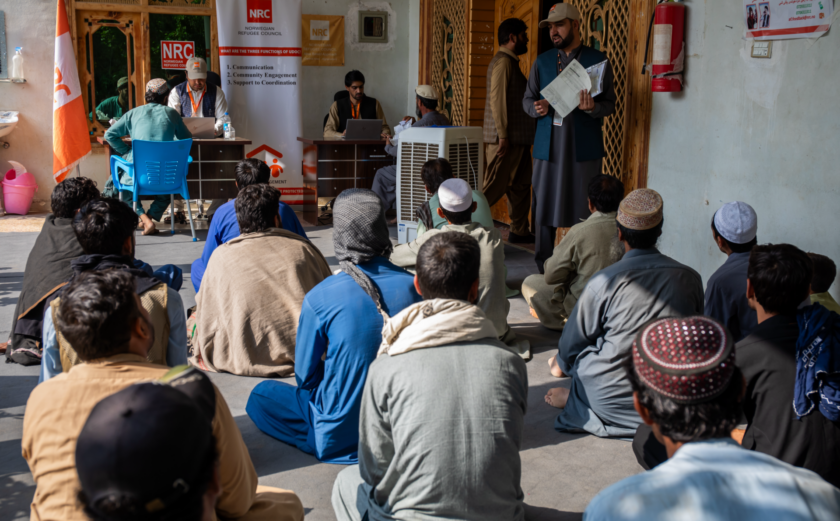
Crises & Countries in Conflict
Restoring Hope: Community Centers in Afghanistan
Community centers in Afghanistan are offering a beacon of hope to thousands of Afghans who are trapped in harmful cycles of displacement and hardship. Decades…
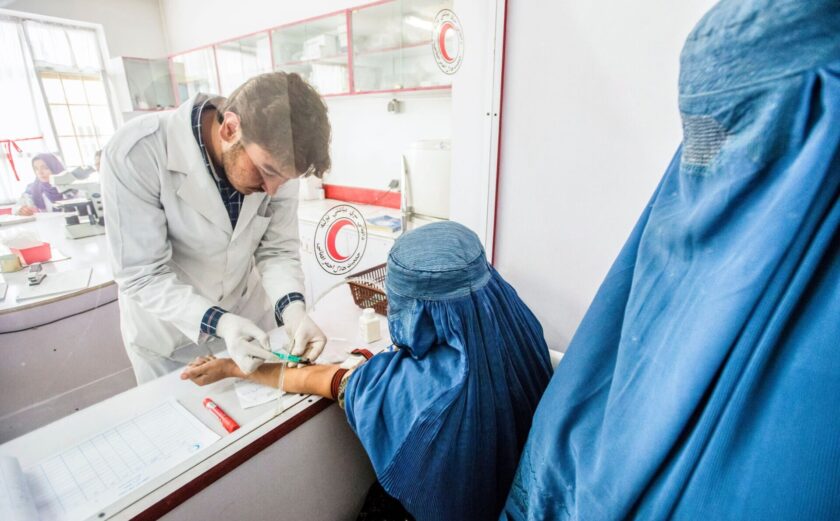
Crises & Countries in Conflict
The Role of Gender in Afghanistan’s Humanitarian Response
Nearly three years after the change in power in Afghanistan, women and girls are being left behind as little to no progress has been made…
Staff
Program Associate, Practice
Program Associate, Practice
Director, Humanitarian Practice
Program Manager, Policy
Director, Protection
Senior Technical Advisor, Protection
Coordinator, Shelter and Settlements
Vice President, Humanitarian Team
Program Advisor, Practice
Director, Shelter and Settlements
Program Manager, Policy




















